SRNS environmental engineers Bryce Garner (left) and Adam Willey (center) ask questions of lead operator Daniel Ferrell (right), from field services contractor Cascade Environmental, as he describes how equipment injects oil and iron into the Savannah River Site’s groundwater. (Photo: DOE)
In this week’s “EM Update,” the Department of Energy’s Office of Environmental Management (EM) reports that its contractor Savannah River Nuclear Solutions (SRNS) has successfully reduced degreasing solvents in the aquifer beneath the Savannah River Site in South Carolina using a technology that injects a form of iron and oil into groundwater.
“The oil attracts the Cold War[–era] cleaning solvents while the iron degrades and neutralizes the contamination,” said Shannan Lucero, SRNS manager for area closure projects.
A depiction of an electrolyzer from Bloom Energy. (Photo: Bloom Energy)
Using nuclear power technology to produce clean hydrogen is getting a visibility boost as the Department of Energy hosts a virtual three-day (June 6–8) Annual Merit Review and Peer Evaluation Meeting on the agency’s efforts to accelerate clean hydrogen production. On June 6, the DOE announced a notice of intent (NOI) to fund the Bipartisan Infrastructure Law’s $8 billion program to develop regional clean hydrogen hubs (H2Hubs) and the launch of a new Hydrogen Shot Incubator Prize that seeks “disruptive technologies” to reduce the cost of clean hydrogen production. That same day, Westinghouse Electric Company and Bloom Energy Corp. (a maker of solid oxide electrolyzer technology) announced a letter of intent to develop electrolyzers for use in the commercial nuclear power market and said they are “well positioned to support the U.S. Department of Energy’s developing hydrogen hubs.”
Rendering of the Thor and Sif concept cruise ships. (Image: Ulstein)
The Norwegian shipbuilding company Ulstein has developed a design concept for a cruise ship fueled by a molten salt nuclear reactor. In the company’s concept, the 500-foot-long, 60-passenger ship, named Thor—in reference to the Norse god as well as the thorium used in the reactor core–would generate its electricity with the onboard reactor. The ship would also serve as a charging station for a fully electric companion ship named Sif, named after the goddess who was Thor’s wife.
SeAH Besteel’s Gusan plant in South Korea. (Image: SeAH Besteel)
Orano TN Americas and South Korean special steel maker SeAH Besteel last week announced the completion and delivery of the first dual-purpose used nuclear fuel dry storage cask manufactured for a U.S. utility by the Korean company.
Following Orano’s purchase order in September 2019, SeAH Besteel established a mass production system for Orano’s dual-purpose casks in compliance with U.S. and international nuclear standards. Orano TN Americas is a subsidiary of France’s Orano NPS.
The Honeymoon uranium project in South Australia. (Photo: Boss Energy)
The board of Boss Energy Limited has made a “final investment decision” to develop the Honeymoon in situ uranium project in Australia, the Perth-based company announced last week. Boss said it will now accelerate engineering, procurement, and construction to ensure that Honeymoon—located in South Australia, near the border with New South Wales—remains on track for first production by December 2023, ramping up to a steady-state rate of 2.45 million pounds of U3O8 per year.
A group shot of Energoatom and Westinghouse personnel at the Khmelnytskyi nuclear power plant in Ukraine, where the first two AP1000 reactors under a recent agreement will be constructed. (Photo: Westinghouse)
The war in Ukraine notwithstanding, Westinghouse Electric Company has stepped up its partnership with Energoatom, Ukraine’s state-owned nuclear utility, signing agreements last week to supply all of the nuclear fuel for the country’s operating reactor fleet and to collaborate on the construction of nine AP1000 units for Ukraine, rather than the five earlier envisioned.
Diablo Canyon nuclear power plant
This past April, California Gov. Gavin Newsom expressed interest in using the federal government’s new $6 billion Civil Nuclear Credit (CNC) Program to keep Pacific Gas and Electric Company’s Diablo Canyon nuclear plant in operation beyond its scheduled 2025 closure date.
That interest would appear not to have waned, as Newsom’s cabinet secretary, Ana Matosantos, recently sent a three-page letter to energy secretary Jennifer Granholm requesting some alterations to the program’s language to ensure that Diablo Canyon would be eligible to participate.
The full letter, detailing the requested changes, is available here.
The cooling towers of Unit 2 at Three Mile Island Nuclear Generating Station, closed since the accident in 1979.
The Three Mile Island accident in 1979 was the most-studied nuclear reactor event in the U.S. There is a plethora of research about the accident available to the general public, including the president-appointed Kemeny Commission report and the Nuclear Regulatory Commission’s Rogovin inquiry report (split into volume one, and volume two, parts one, two, and three), which are the two detailed government-sponsored investigations into the accident. There are also thousands of documents in the NRC’s ADAMS database available to the public, an excellent overview by NRC historian Samuel Walker Three Mile Island: A Nuclear Crisis in Historical Perspective, as well as the Nuclear News special report from April 1979, and articles written by ANS members like William Burchill about the accident and the many changes it forced on the industry. If the producers of Meltdown: Three Mile Island—available on Netflix—had read any of those documents instead of relying mostly on input from antinuclear activists, their “documentary” might have been presented with at least some sense of balance and credibility.
Instead, similar to a recent Science Channel documentary on the Three Mile Island accident, Meltdown focuses on drama instead of science. This four-part miniseries does not attempt to provide a balanced set of facts from the technical community and instead relies heavily on nonexpert opinions and anecdotal statements to tell a story that easily falls apart under even the faintest scrutiny.
Nuclear News reached out to multiple ANS members who were involved with either the accident response or the clean up to help provide a critical look at some of the more egregious statements made in the documentary.
The Panther T16 sprays fixative with a high-pressure water cannon onto X-326 building debris at the Portsmouth Site. (Photo: DOE)
Workers at the Department of Energy’s Portsmouth Site in Ohio have been using a new tool as part of the dust-suppression systems for the X-326 process building demolition project. The X-326 was one of three massive process buildings originally built to enrich uranium at the site, which was in operation starting in the 1950s. Environmental remediation of the site began in 1989, and deactivation and decommissioning activities began in 2011. Demolition of the facility has led to a dusty work environment.
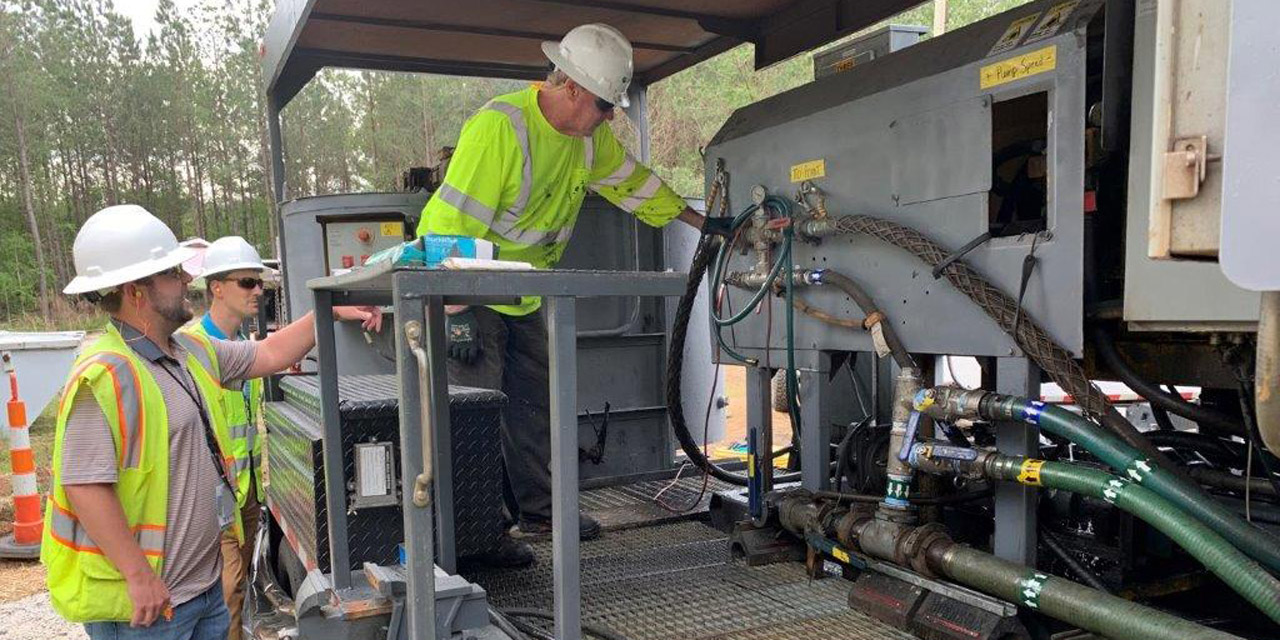



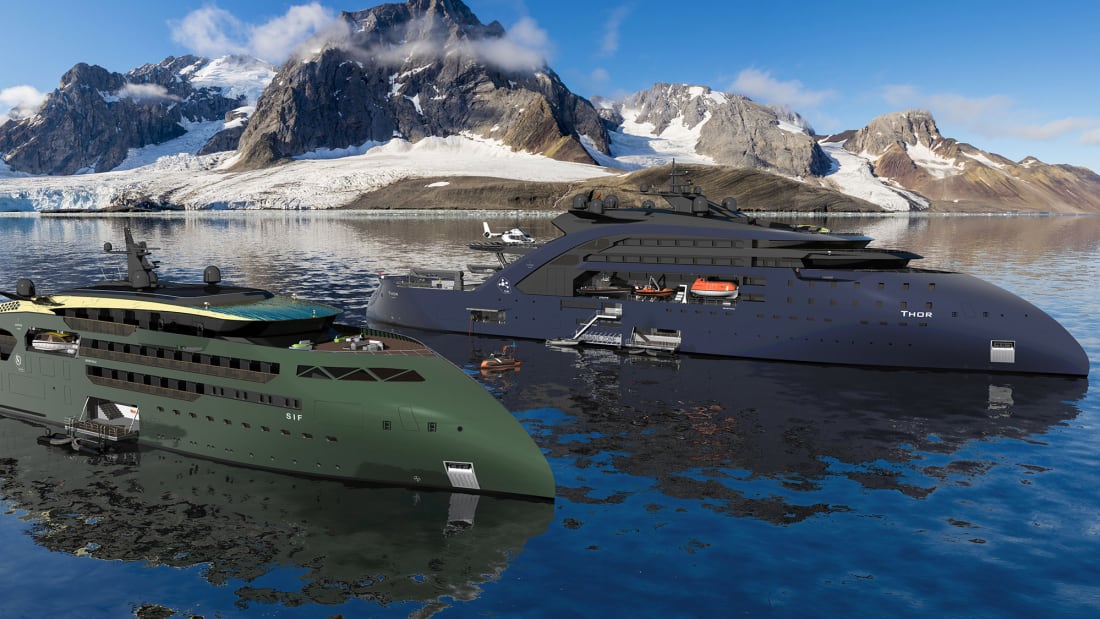
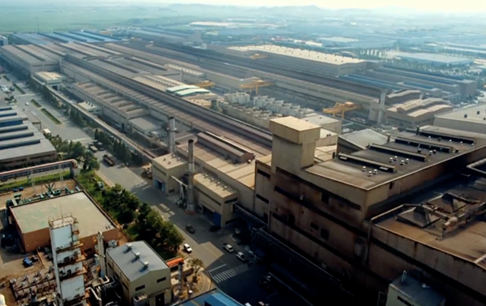
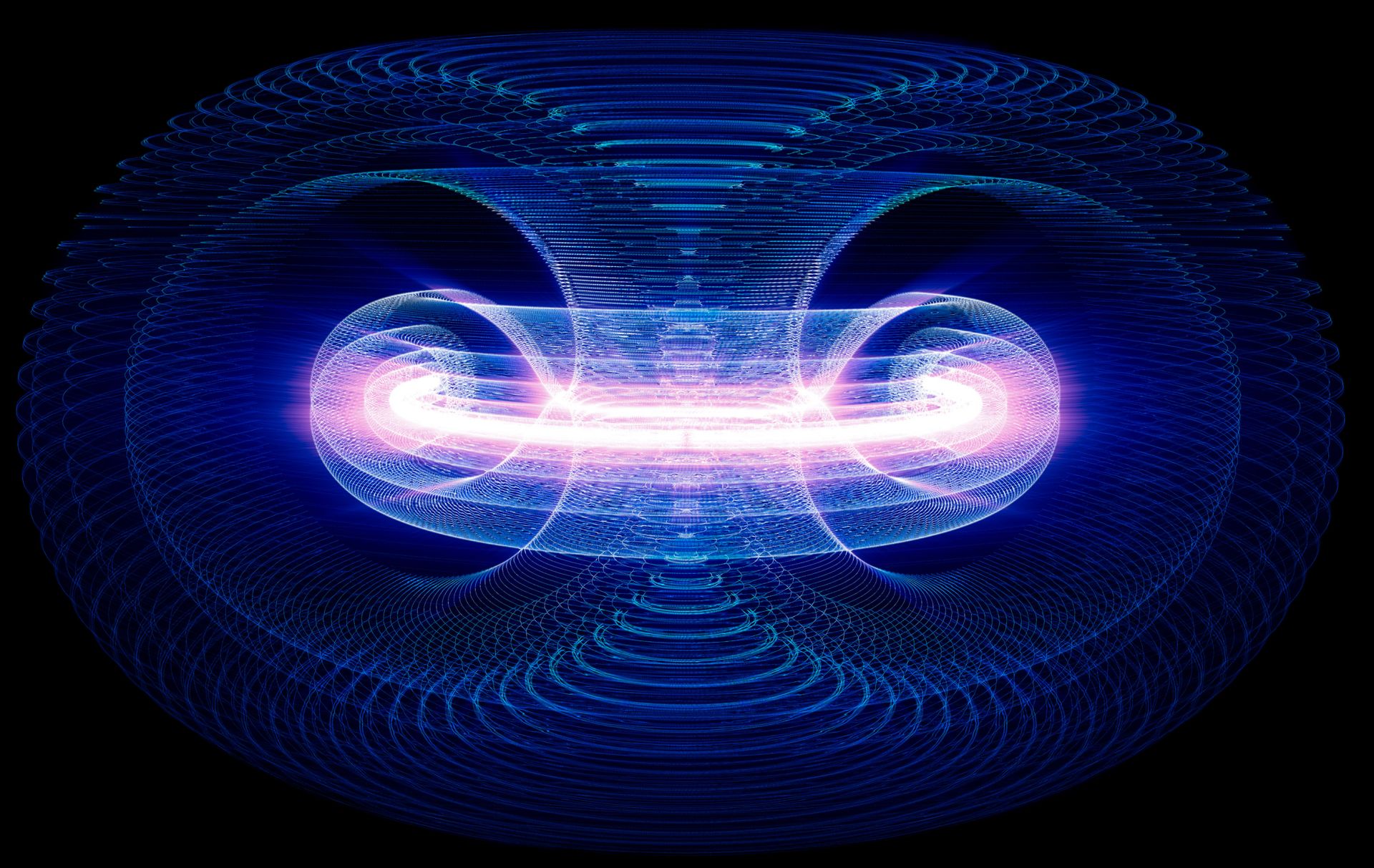
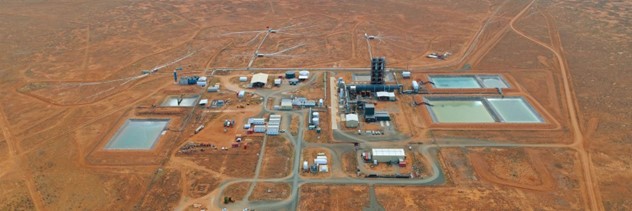

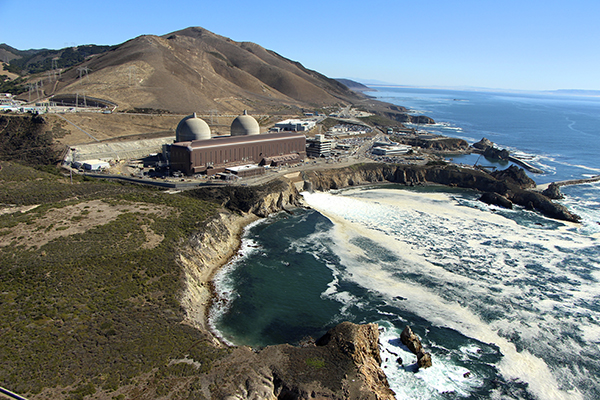
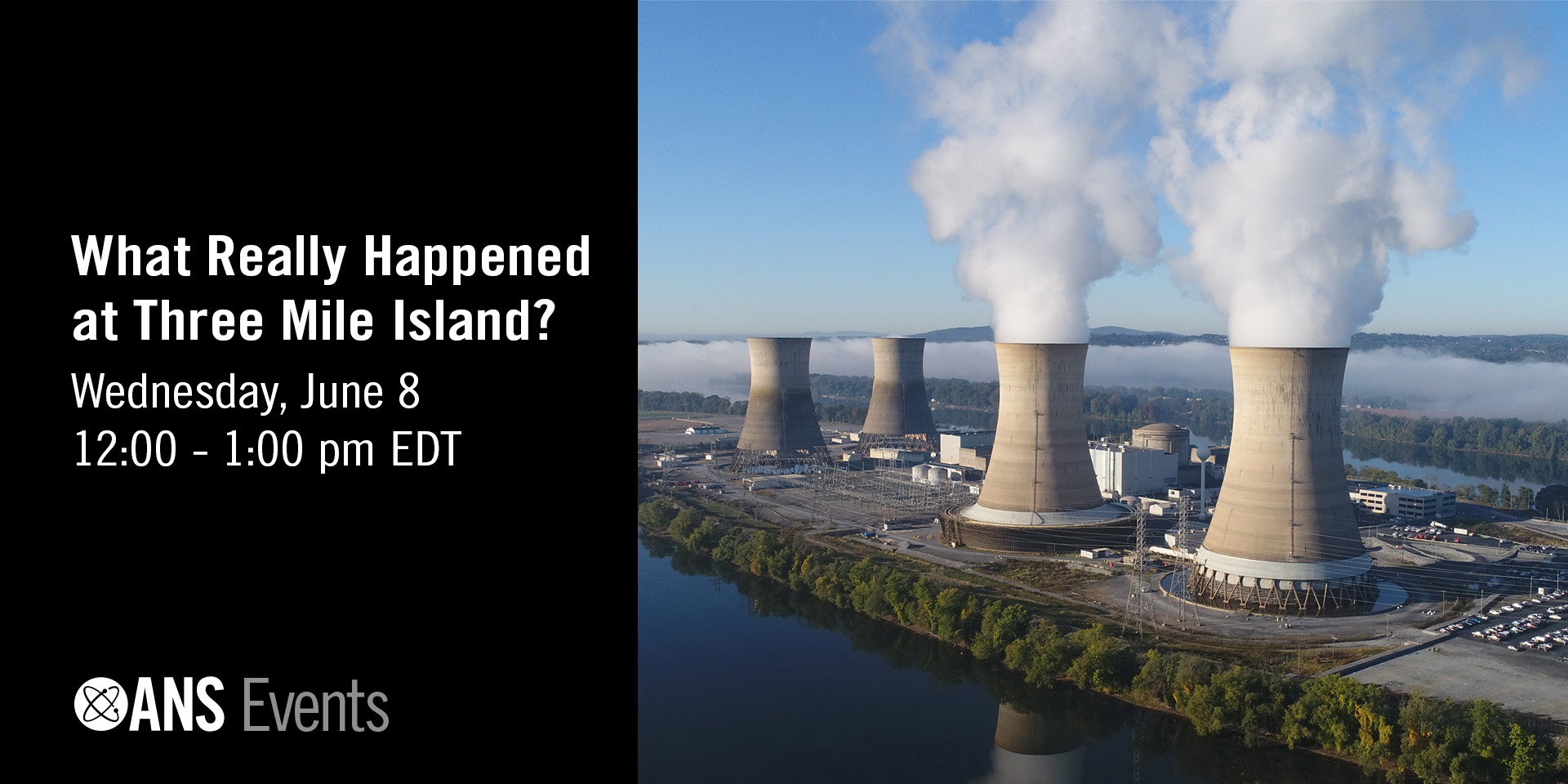
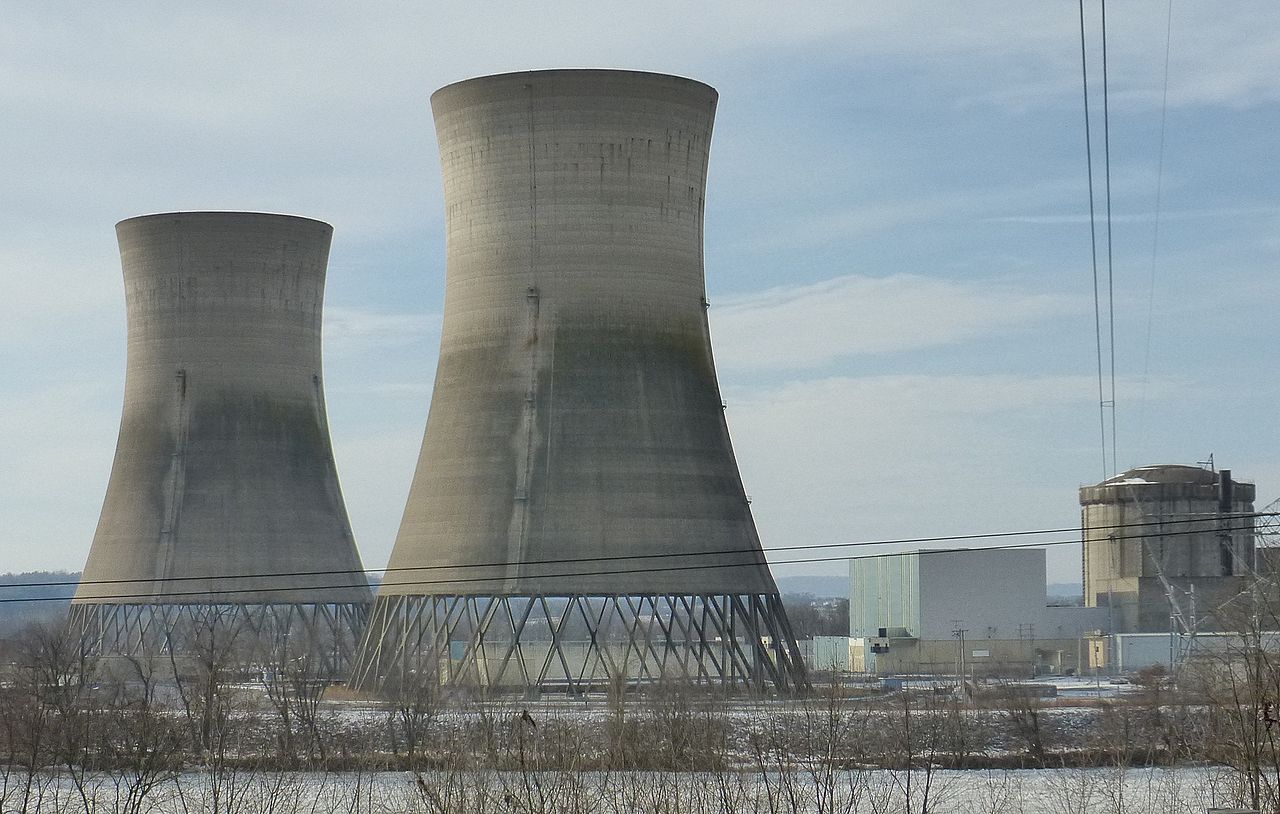


 The International Atomic Energy Agency’s Division of Nuclear Security is inviting female students who are enrolled in master’s programs in nuclear security to apply for internships in the IAEA
The International Atomic Energy Agency’s Division of Nuclear Security is inviting female students who are enrolled in master’s programs in nuclear security to apply for internships in the IAEA